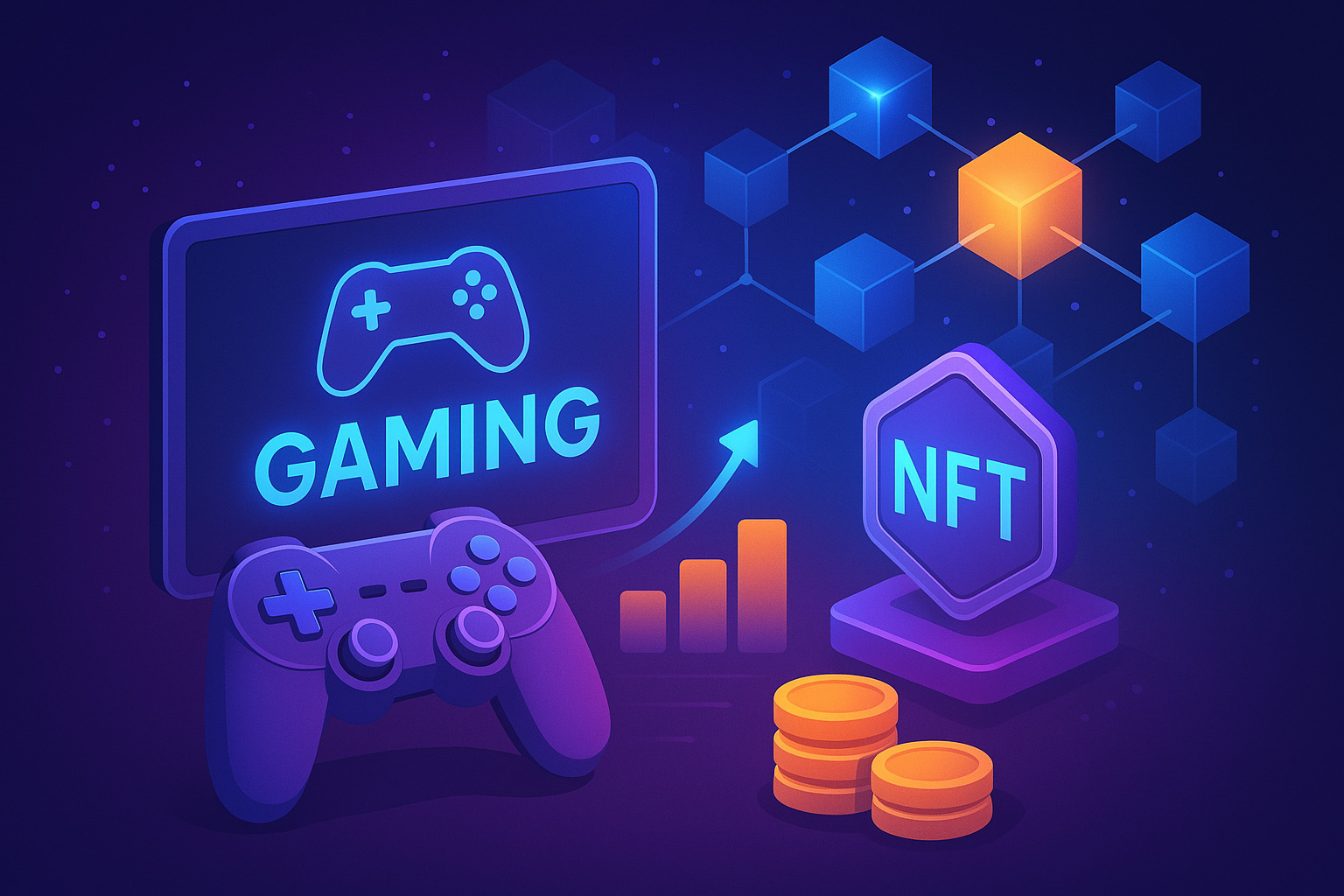
There was a time when games were just about fun. You’d buy a game, play it, and that was it. No real ownership, no earnings, just entertainment. But that’s changed. Now, people aren’t just playing—they’re earning, trading, and even making a living from gaming.
This shift isn’t random. It’s powered by blockchain technology, particularly SmartChain networks, which allow real ownership of in-game assets and the ability to turn playtime into real money. But how does this all work, and where is it headed?
What Makes SmartChain Gaming Different?
Most games today still work in a closed system. You spend money on in-game items, but those items have no value outside the game. When the servers shut down, everything disappears. SmartChain-based games change that.
True Ownership of In-Game Assets
- NFTs as Game Items – Unlike traditional game skins or characters, NFTs (non-fungible tokens) ensure your items exist outside the game itself. You can trade, sell, or even use them in different games if they’re supported.
- No More ‘Renting’ Digital Items – In most games, you don’t really own anything—you just have permission to use it. With NFTs, your items are actually yours, even if the game shuts down.
Play-to-Earn Instead of Pay-to-Win
- Earnings Instead of Expenses – Traditional games require you to spend money to get better gear or advance. Play-to-earn models reward you instead.
- In-Game Tokens with Real Value – Many SmartChain games have their own cryptocurrencies that can be traded for real money. Players can earn these through quests, battles, or in-game trading.
Interoperability Between Games
- Using Items Across Multiple Games – If a game supports it, an NFT sword from one game might work in another. This creates an ecosystem where in-game assets don’t lose value when you stop playing.
- Unified Economies – Some projects are working on linking different games together under the same economy, allowing more ways to use digital assets.
Challenges Holding It Back
While the idea of SmartChain gaming is exciting, it’s not without issues.
Scalability Problems
Blockchain networks get clogged when too many people try to use them at once. Some Ethereum-based games have struggled with slow transactions and high fees. Layer 2 solutions and alternative blockchains are helping, but it’s still a work in progress.
Sustainability of Play-to-Earn Models
Many early play-to-earn games struggled to keep players engaged once rewards dropped. Some projects turned into Ponzi-like schemes where earnings depended on new players joining. Sustainable models focus on gameplay first, rewards second.
Barrier to Entry
For traditional gamers, setting up a crypto wallet, buying tokens, and securing private keys is still a headache. Some games are working on smoother onboarding, but it’s a hurdle that slows adoption.
Where is This All Headed?
The tech is still evolving, but there are clear signs of where things are going.
More AAA Games Using SmartChain
Big gaming companies were hesitant at first, but now some are experimenting with NFTs and blockchain-based economies. The key is integrating blockchain without making the game feel like a financial system.
Hybrid Models Instead of Pure Play-to-Earn
Games that mix free-to-play mechanics with optional blockchain elements might be the future. This way, casual players can enjoy the game without worrying about tokens, while dedicated players can still trade and earn.
AI and SmartChain Working Together
Some projects are exploring AI-generated assets as NFTs, making each in-game item unique. Imagine a custom AI-generated pet or weapon that only exists in your game world.
Final Thoughts
SmartChain gaming isn’t just another trend—it’s a shift in how players interact with digital worlds. While there are still challenges, the potential for real ownership, earnings, and game economies that extend beyond single titles is too big to ignore.
Developers who get this right won’t just make games; they’ll build economies that last. Players who get in early won’t just play; they’ll own a piece of the game itself.




